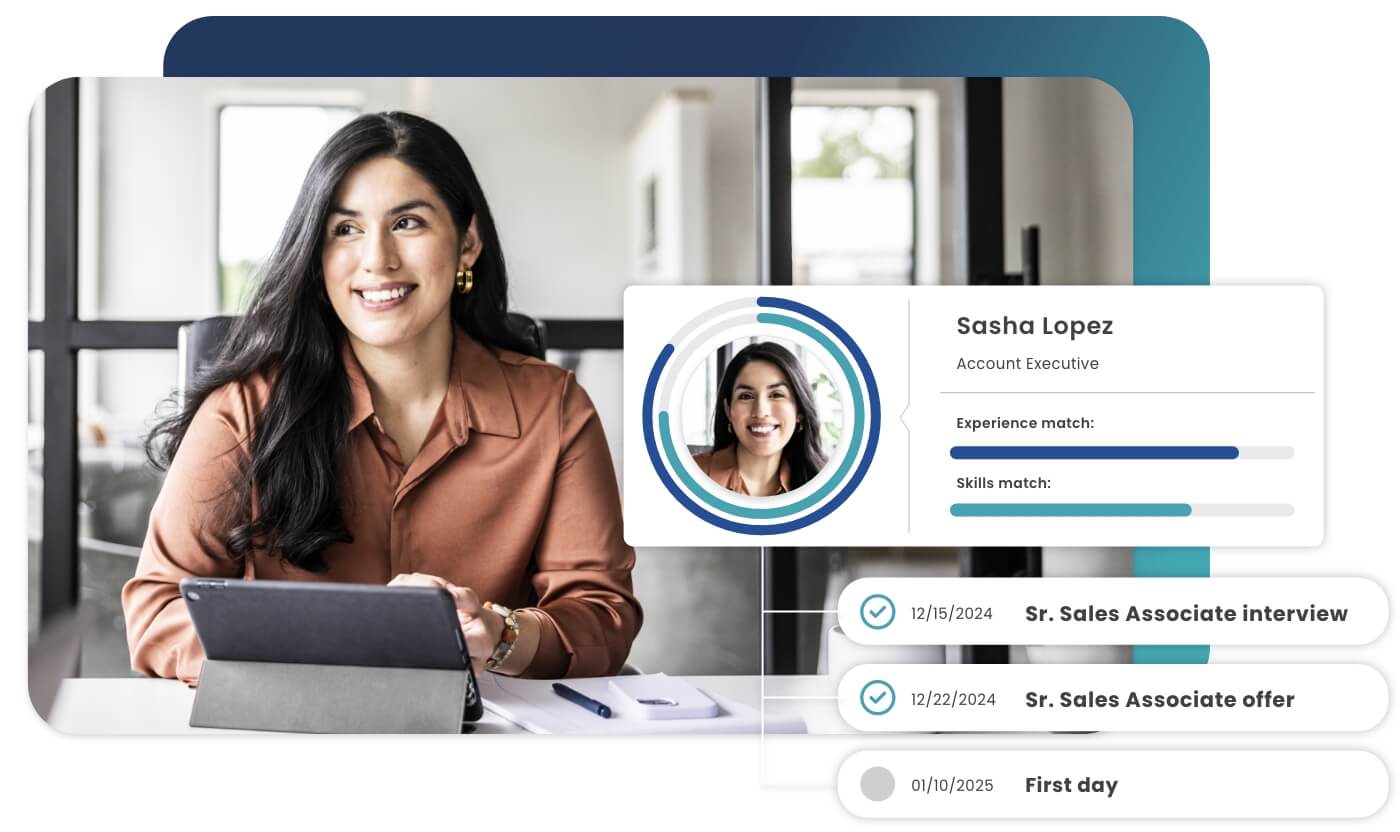

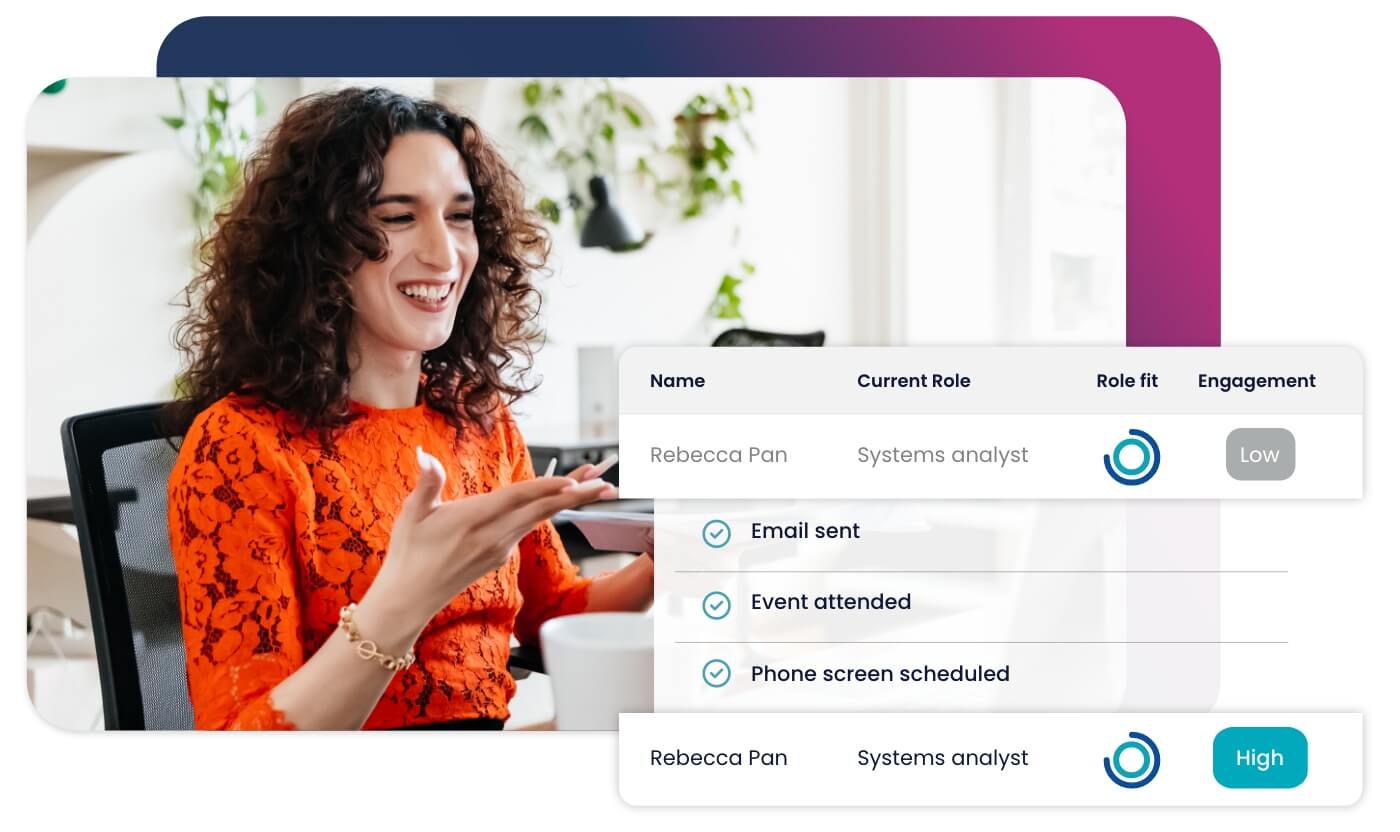
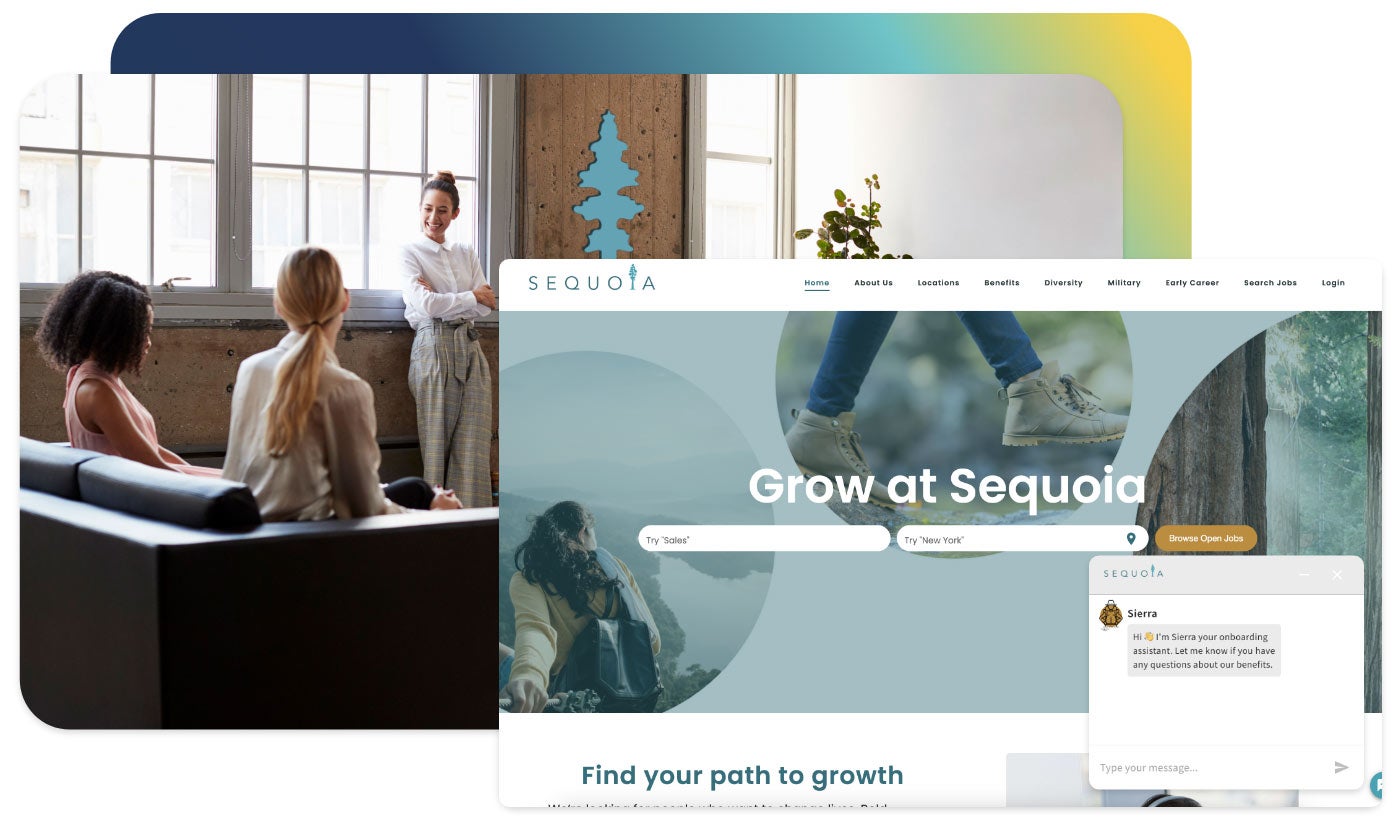


Accelerate hiring key talent to deliver care and exceed patient satisfaction.

Attract skilled candidates, speed up hiring and grow expertise in your workforce.

Simplify recruiting finance and banking talent with a platform for hard-to-fill roles.


Build a talent pipeline that engages and drives your business forward.


See how diverse and global enterprises use iCIMS to employ millions, drive innovation and connect communities worldwide.

Learn how a beloved restaurant hires 40,000+ annually with a great candidate experience.
Uncover unique market insights, explore best practices and gain access to talent experts across our library of content.


View press releases, media coverage, the latest hiring data and see what analysts are saying about iCIMS.

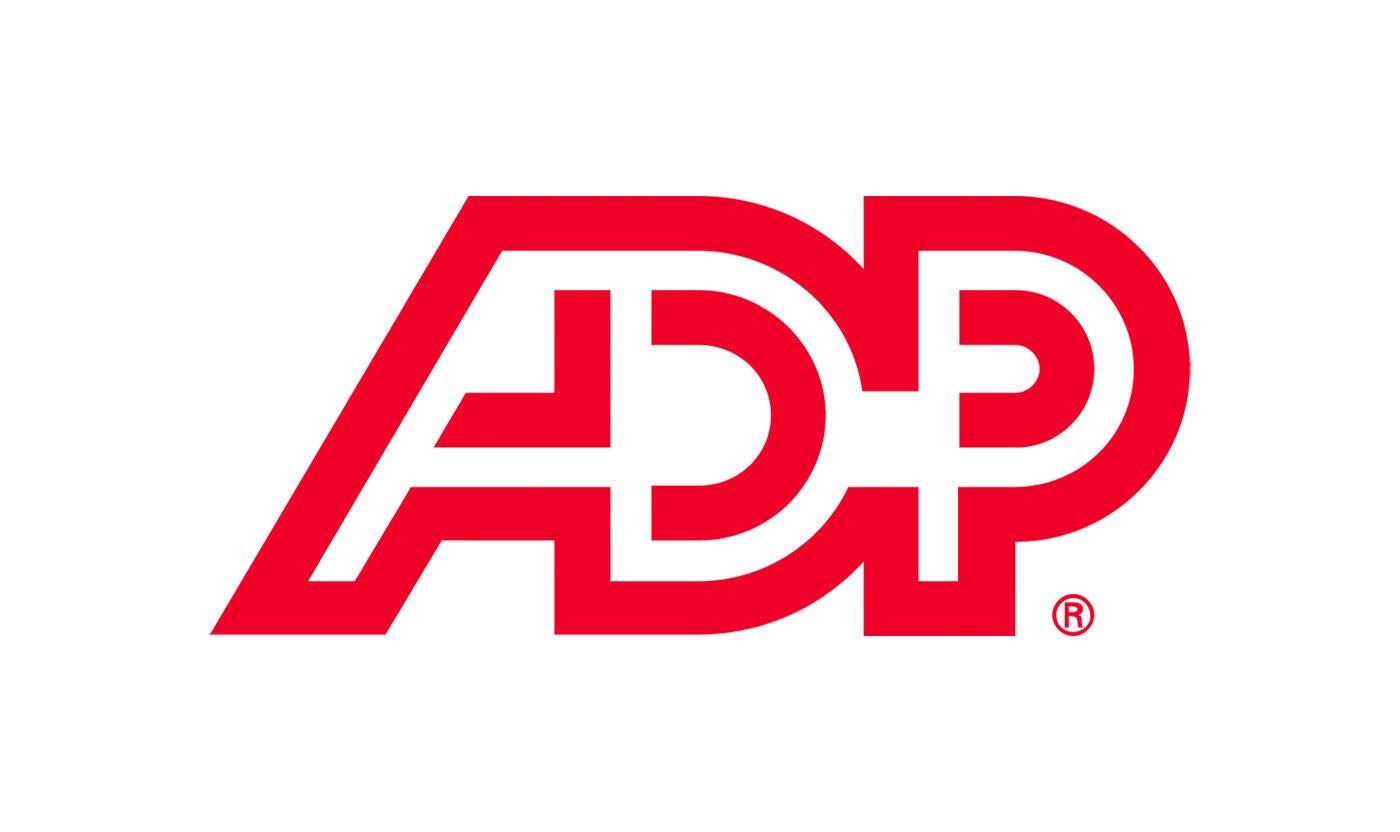
Streamline your tech stack and take advantage of a better user experience and stronger data governance with ADP and iCIMS.
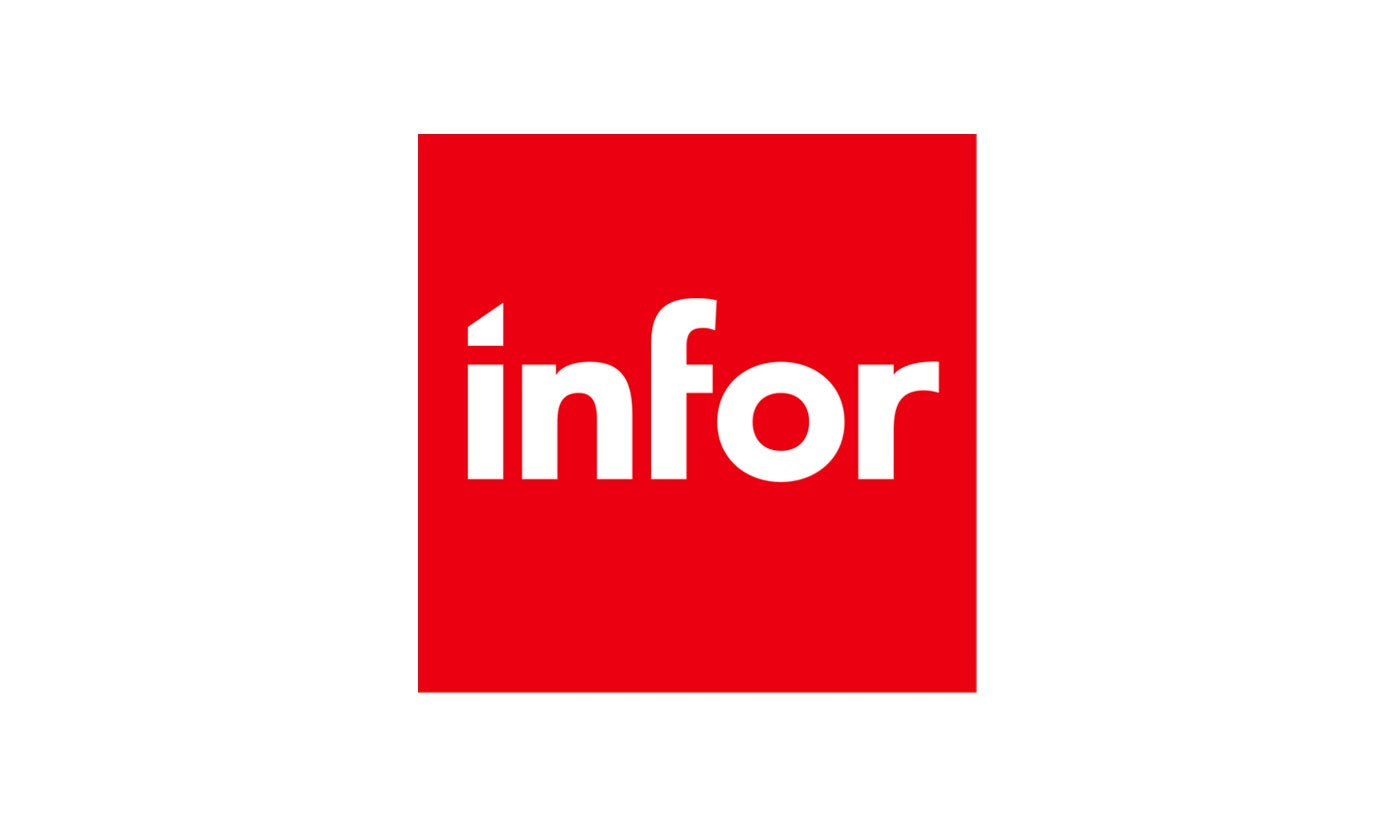
The combined power of iCIMS and Infor helps organizations strategically align their business and talent objectives.
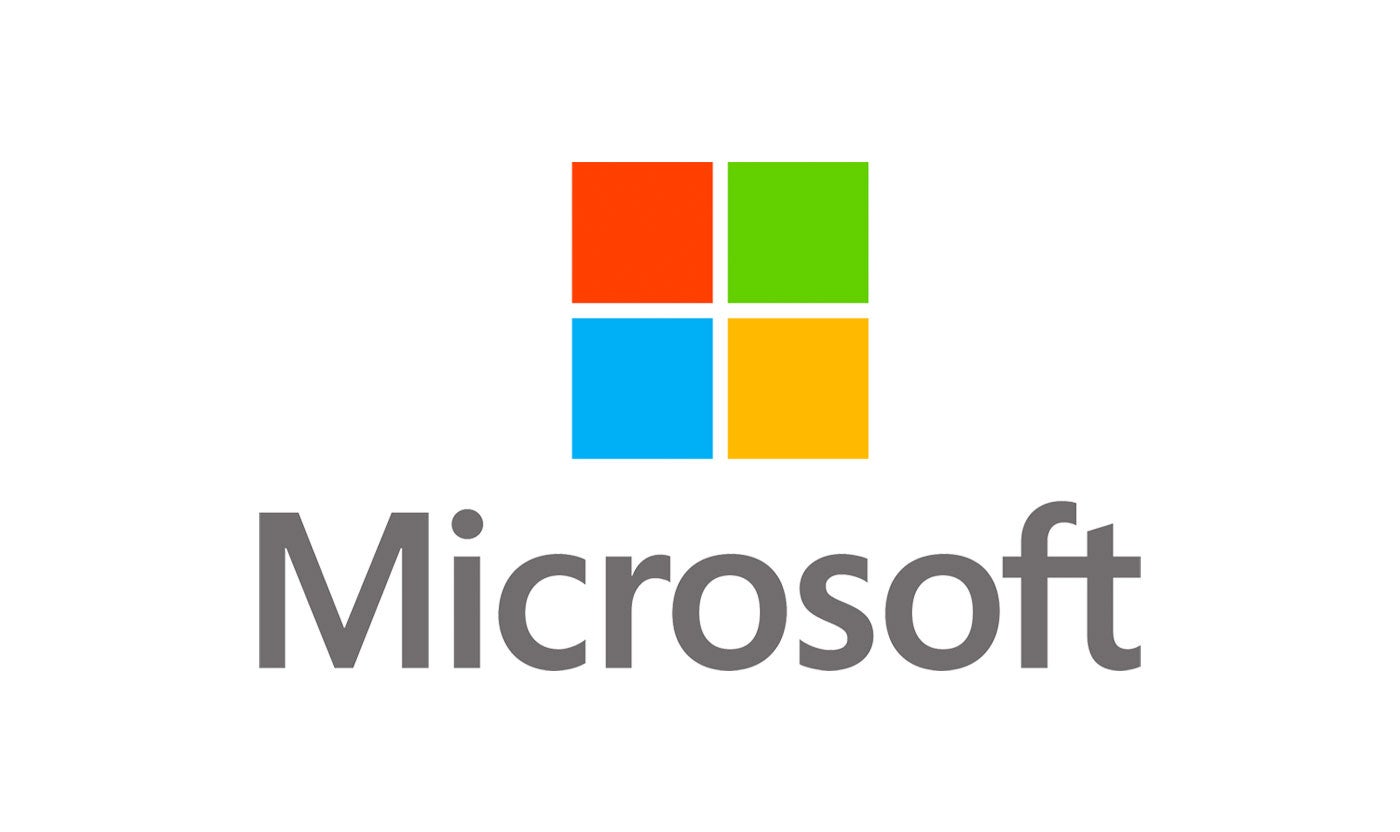
Our award-winning partnership with Microsoft is grounded in a shared desire to transform the workplace and the hiring team experience.
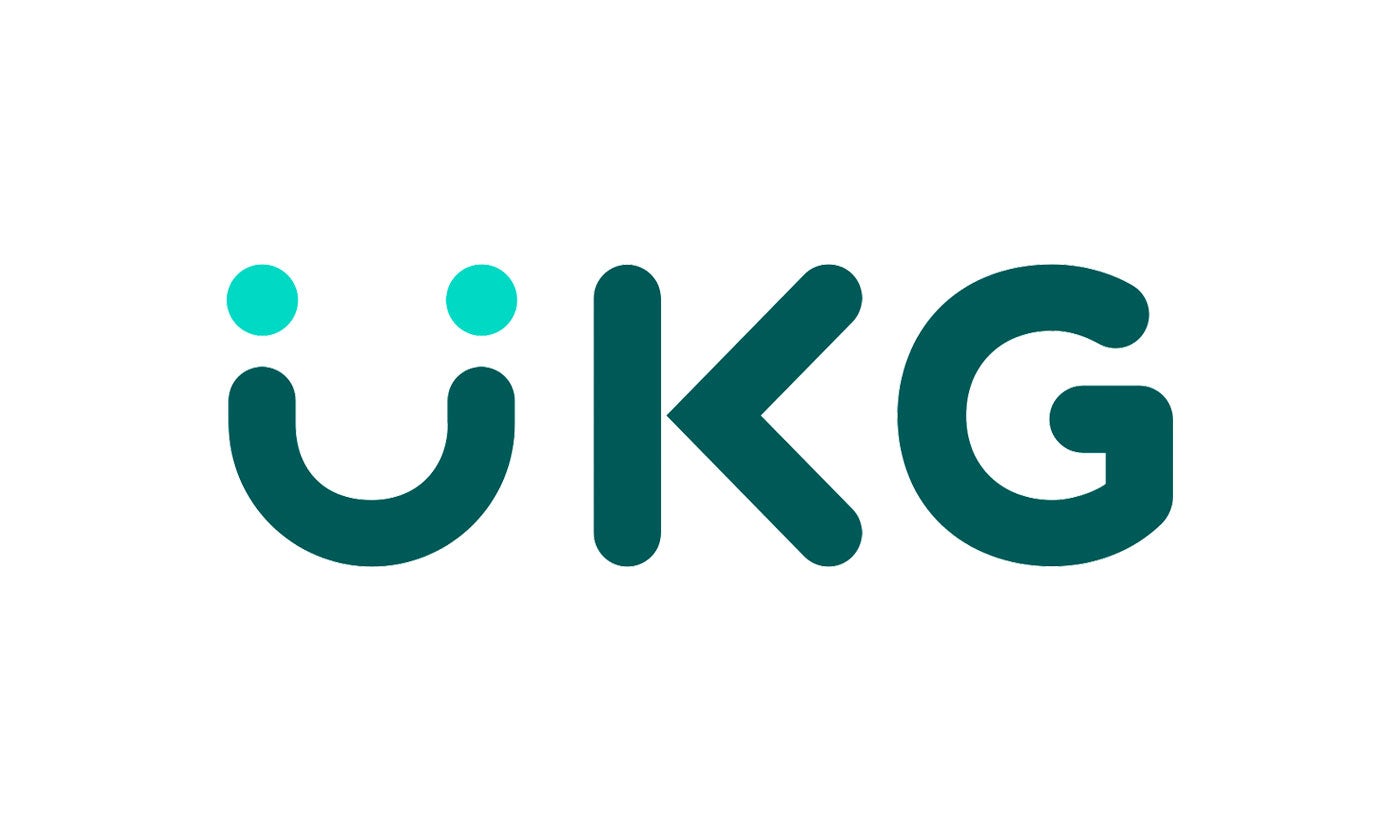
Our partnership with Ultimate Kronos Group (UKG) supports the entire talent lifecycle by bringing frictionless recruiting solutions to UKG Pro Onboarding.

As employees across industries explore greener work pastures, one of the largest not-for-profit healthcare organizations in the country has discovered the power of internal recruiting to retain healthcare employees.
Boasting healthcare facilities in 19 states and more than 160,000 employees, Ascension Health is a faith-based healthcare organization that shifted its recruiting focus during the pandemic. To help improve employee retention, the organization shifted the hiring spotlight from external to internal candidates, according to Lauren King, senior director of talent acquisition.
King sat down with former iCIMS Vice President of Portfolio Marketing Mark Brandau during the 2021 INSPIRE conference to discuss internal recruiting, which they jokingly compared to a marriage. Just as you need to continue to pay attention to your partner after you say, “I do,” they said, companies should stay engaged with an employee even after they’ve signed on the dotted line.
King said that talent associates tend to stop courting employees after hiring them. “We engage them and woo them to join the organization. Then we bring them in and move right back out and don’t give them the same attention that we do with external candidates,” she added.
Giving internal candidates the same engaging experiences external candidates receive might add to HR’s workflow and require a shift in the company’s approach to internal mobility. Considering today’s labor shortage – especially within healthcare – it just might be the right move at the right time.
iCIMS Opportunity Marketplace can help connect your talent to new opportunities and increase employee retention. Learn how.

Ascension saw the benefits of tapping into its vast internal talent network, especially its 60,000 nurses, to fill crucial roles during the onset of the pandemic when the demand for nurses to care for critically ill patients skyrocketed. As elective surgeries were put on hold and the need for ICU nurses ramped up, Ascension identified procedural nurses with a background in critical care to step in and continue working.
“It started with skill assessment and understanding how many nurses we had working in procedural areas who had an ICU background and how could we engage them for the work,” said King. “That’s when we started to recognize that we had an opportunity here.”
Realizing the benefits of tapping into their vast internal network, Ascension prioritized their internal mobility and looked at attrition data as part of their workforce planning strategy. “It really starts with data and understanding our associates’ activity,” King said, adding that looking at numbers tells a more comprehensive story rather than relying on anecdotal evidence.
The Ascension analytics team did a deep dive into the applications they received and discovered that most associates applying for internal jobs were getting passed over. They started thinking about how to prioritize employees so they could continue their careers with Ascension rather than looking for new opportunities externally.
Healthcare’s shrinking talent pools require TAs to do more with less, get out of their comfort zones, and think creatively, King said. Her team suspected what might have been causing attrition and the data helped support theories with the numbers.
“I think the data really proved out our case,” King said, adding that that talent teams could use their HCM or applicant tracking system (ATS) to track applicant behavior to use when looking at turnover data, including:
“It’s important to go back to leadership with data to back up your stories,” King said.
Ascension implemented a team dedicated to working with associates who had expressed interest in continuing their career journey with the healthcare company. Engagement and open dialogue helped improve retention rates by creating a culture that supported and encouraged internal mobility.
The 16-member “My Career team” works with employees who’ve expressed interest by filling out an online form through the iCIMS Talent Cloud platform. Those engagement conversations could range from helping employees with their resumes to navigating open internal roles. My Career team members also reach out proactively to employees in high turnover positions during their first 90 days to help mitigate issues that typically cause early attrition.
Ascension is still gathering data to assess how the My Career team is impacting external recruiting efforts, but many talent surveys show that career development is at the top of the job seekers’ priority lists. “Having this team in place is a good way for the company to articulate to external candidates just how Ascension helps employees facilitate that,” she said.

Of course, it’s painful to lose a great employee. It takes time and money to replace them and get the new hire up to speed. But what Ascension began to realize was that providing employees with channels to look for new opportunities, like internal career pages and job matching, didn’t mean that they’d jump ship at the first chance.
The talent team is finding, said King, that it’s more of an opportunity to increase engagement by giving employees the chance to explore and perhaps discover the grass isn’t always greener. “How much nicer to allow them to do that within your organization rather than encouraging them to actually exit the org to find out they didn’t like that in the first place?”
With just about six months of data, Ascension’s retention numbers suggest that it increases retention tremendously just to have dialogue with your associates about career opportunities.
Creating an internal mobility program helps start a conversation with your employees and connect them with opportunities to grow their long-term future with your company. Whether it’s a stretch project outside their group or a new full-time role, employees are happier (and more likely to stick around) when you give them tangible ways to nurture their careers.
Internal mobility platforms like iCIMS Opportunity Marketplace represent a significant step forward in how employees and hiring teams can better connect.
Not sure where to start? Here are 5 tips for building an internal mobility program:
TA and talent management pros can no longer take employees for granted. In a shrinking talent economy, creating channels for internal mobility helps increase retention and creates an engaging experience for employees.
“The silver bullet of retention is having open dialogue and engagement with employees,” King said.
iCIMS Opportunity Marketplace can help connect your talent to new opportunities and increase employee retention. Learn more here.

Anna is passionate about empowering businesses to grow profits through purpose. She enjoys using her creative and marketing backgrounds to tell compelling stories and hopes to inspire business leaders to choose solutions that deliver tangible results.
Bitten by the creative bug at a young age, Anna graduated from Stephen F. Austin State University with a BA in theatre. In addition to acting and directing, she enjoys DIY projects, gardening and obstacle course racing.




